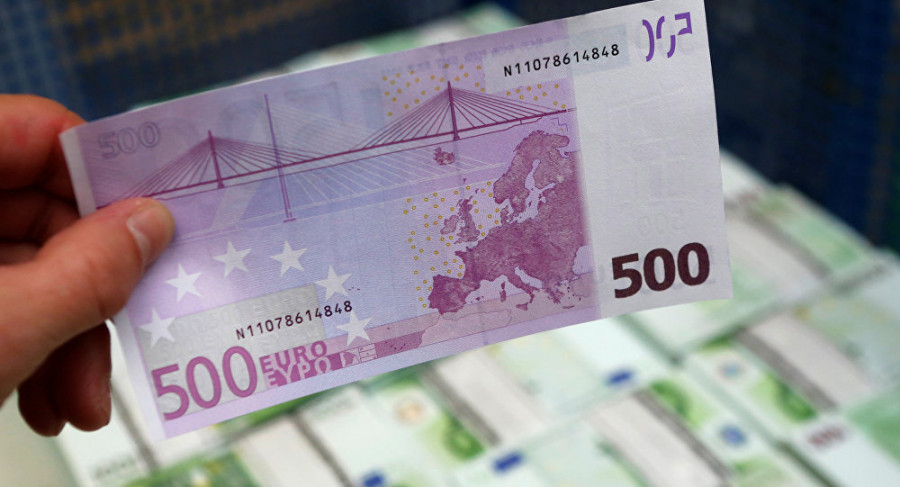
While the euro is actively trying to find some kind of bottom against the US dollar, the speeches of European politicians are coming to an end. Perhaps after that, the pressure on the single currency will somehow decrease, but personally, I have strong doubts about this, as there are absolutely no reasons for it. And if we also consider the first possible pause in the cycle of interest rate hikes from 2022, as well as the actively shrinking European economy, then we can deduce that there will be fewer reasons to buy risky assets.

However, some hawkish European politicians continue to "stick to their guns." According to a member of the Executive Board, Klaas Knot, investors betting against the European Central Bank raising interest rates next week may underestimate the likelihood of it happening. While a slowdown in the eurozone's 20-nation economy is sure to damp demand, updated inflation projections won't differ much from the last round in June, the Dutch central bank chief said. "I continue to think that hitting our inflation target of 2% at the end of 2025 is the bare minimum we have to deliver," said Knot.
As I mentioned earlier, he made such statements before a week-long period of calm preceding the September meeting of the ECB Governing Council. Knot also noted that the markets are currently experiencing difficulties, which are also experienced by the central bank.
Just recently, the central bank governors of Germany, Belgium, Austria, and Latvia expressed support for another quarter-point rate hike, likely the last in this cycle. However, their colleagues from Italy and Portugal are among those emphasizing that economic risks are starting to emerge. Recent eurozone PMI data and today's revised downward GDP report for the eurozone in the 2nd quarter clearly indicate this.
ECB President Christine Lagarde, speaking earlier this week, also did not make any commitments, simply stating that inflation is too high, and the central bank is determined to tame it, with decisions based on appropriate data.
Obviously, it's also challenging to assess the current progress in inflation. Underlying pressure has decreased, but the overall reading has increased due to a sharp spike in non-oil prices. European politicians have also recently discussed this, lamenting issues with the energy market. Wage negotiations and corporate price behavior will be crucial in determining how quickly inflation returns to the target level.
As for today's technical picture for EUR/USD, the bears have slightly eased their grip. To maintain control, bulls need to stay above 1.0700. This will allow them to break back to 1.0750. From there, they can climb to 1.0770, but it will be quite difficult to do so without support from major players. In the event of a downtrend, I only expect significant action from major buyers around 1.0700. If there's no significant support there, it would be a good idea to wait for a new low at 1.0665 or open long positions from 1.0635.
Regarding the technical picture for GBP/USD, the pound will continue to fall. We can only bet on a recovery once traders take control of the level at 1.2530. Returning to this range will restore hope for a recovery towards 1.2560, after that we can talk about a more significant surge towards 1.2700. In case the pair falls, bears will try to take control below 1.2484. If they succeed in doing so, breaking through the range will hit bullish positions and push GBP/USD towards the low at 1.2440 with the potential to reach 1.2400.